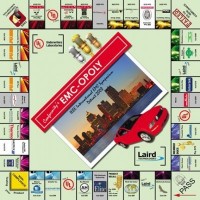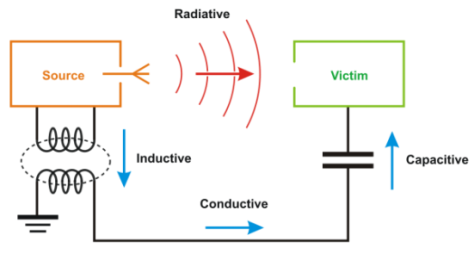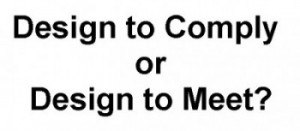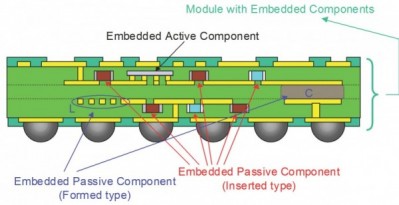Compliance Engineering in the Future
Compliance includes more than just product safety and EMC. It may include software protocols or installation requirements unique to a fixed location or be country specific. Will reliability engineering become a subset of compliance or vice-versa? A small group of engineering specialists must now achieve compliance for countries individually because mutual recognition agreements do not exist between certain parties, yet. Is there enough manpower and bandwidth to even get the job done with regard to the numerous requirements that seem to increase yearly sometimes on a county by county basis?
We must be comfortable with requirement related to wireless communication protocols, RoHS, WEEE, REACH, Energy Star, ETSI, PTCRB, MIL-Standard, and many other directives and mandates identified by acronyms we may know little about or have never heard of. A European Directive may be created for products that do not yet exist but are anticipated in the future. Some countries around the world in the past have never concerned themselves with EMC or product safety, but are now entering the compliance arena, with some mandating in-country testing since no MRA exist between the United States, Europe, and their country’s legal authorities.
Regulatory standards may evolve into something more complex in the future with new requirements covering a greater scope upon issuance of the next version. Will our work in the future focus on component approval or only system level. Does it even matter as long as the intent of achieving regulatory requirements is met? With this thought…..
- What type of products will require compliance; components or only end user systems?
- Is it even possible to perform testing on small assemblies that are integrated into another system which would cause a significant change in compliance, such as a wireless card adapter being incorporated into different host systems?
- Should we be concerned more with radiated emissions in a broadband wireless environment, or immunity to ensure functional operation when an external RF event that includes surge and ESD occurs?





